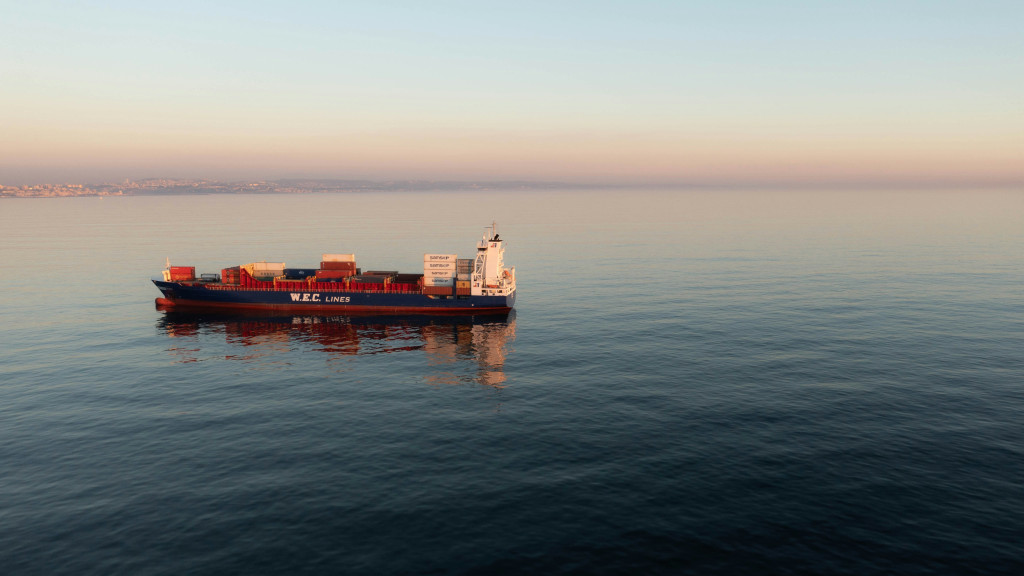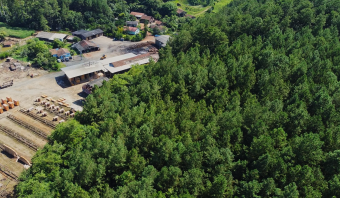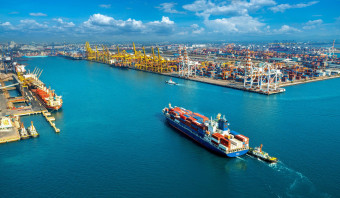August 15th 2024

In July 2024, the maritime freight sector is facing a challenging scenario, marked by significant increases in transportation costs and logistical difficulties. Despite apparent stability in product exports, industries are dealing with the pressure of high prices and limited availability of ships and ports.
Maritime freight costs are expected to rise by 10% by December, according to Forbes. Import values jumped from around $1,800 to $2,000 at the beginning of the year to approximately $9,000 by the end of June, according to Transporte Moderno. This increase is attributed to various factors, including changes in shipping routes due to geopolitical issues, such as attacks on ships in the Red Sea, which force significant detours and increase transit times. Additionally, the appreciation of the dollar and the shortage of containers, especially in Chinese ports, have contributed to the rise in prices.
The maritime freight scenario is characterized by a combination of stability in exports and significant challenges related to rising transportation costs and logistics. Industries in the sector continue to seek solutions to mitigate the impact of these challenges, while the global freight market adjusts to new economic and geopolitical realities.


